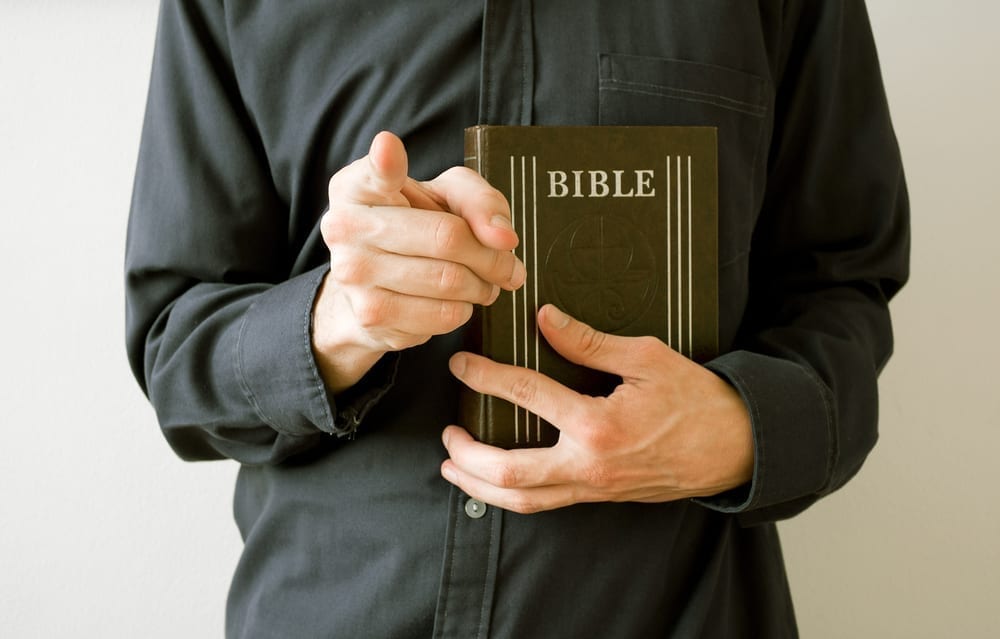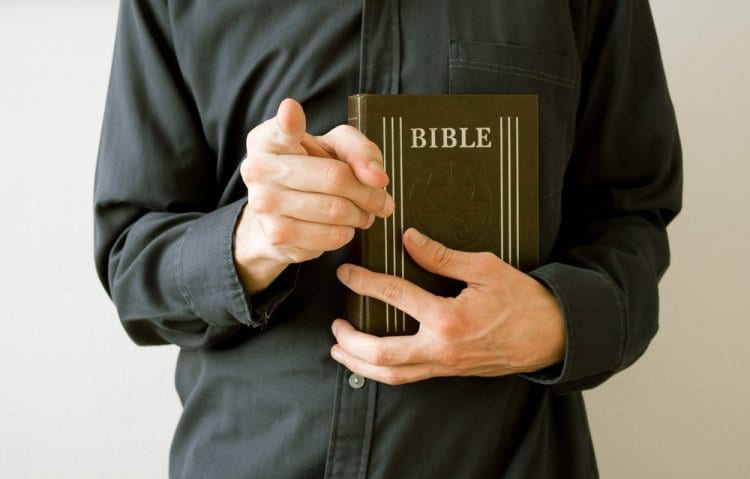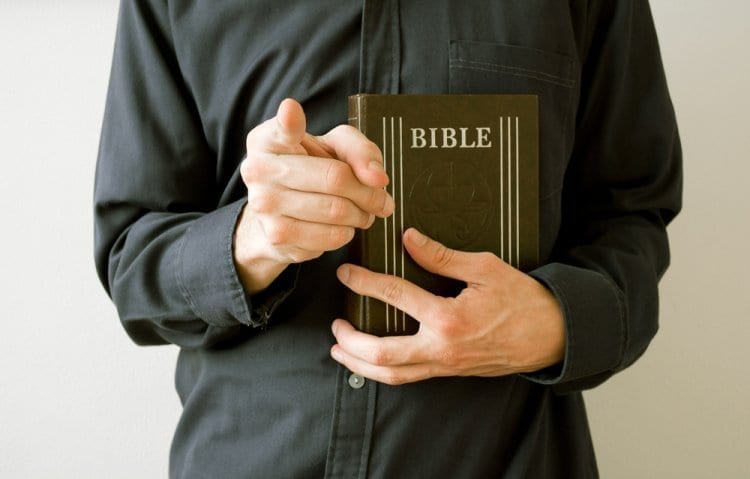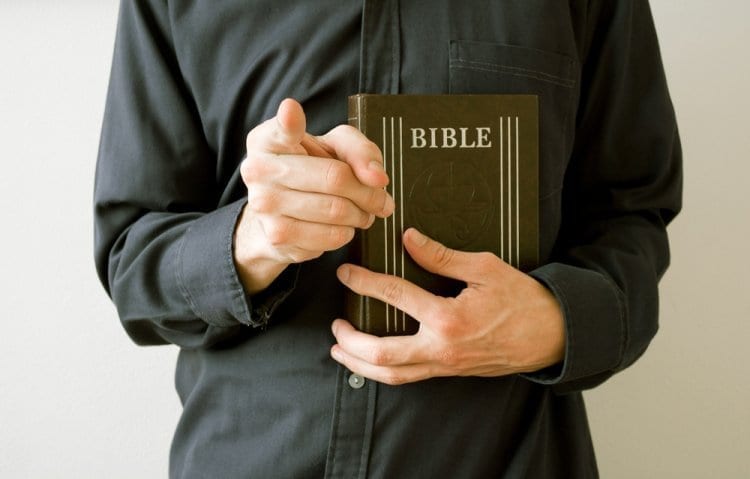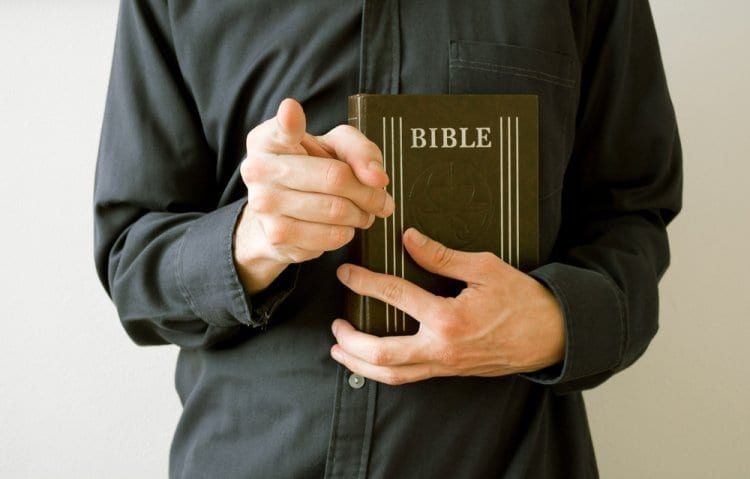Haym Salomon was born in Leszno (Lissa), Poland, in 1740 to a family descended from Spanish and Portuguese Jews who had immigrated to Poland following the Spanish Inquisition and Expulsion. However, the Jewish villages in Poland were also vulnerable and were attacked on occasion by vicious pogroms. When Haym was a young man, one such pogrom threatened Lissa, and he fled to Holland.
As he traveled through Western Europe toward safer havens, Haym acquired knowledge of finance and fluency in several languages, including German. He returned to Poland in 1770, but in the wake of the Polish Partition in 1772, it seems he became involved in Poland’s Nationalist movement and was forced to flee the country again. Salomon traveled to England and from there sailed to New York, which already was a thriving port and the center of commercial and shipping interests in North America.
In New York, Salomon married Rachel, daughter of Moses B. Franks. Rachel Franks was the sister of Colonel Isaac Franks, a Revolutionary officer of distinction, and Mayer Isaac Franks, who was a judge of the Supreme Court of Pennsylvania.
Salomon’s knowledge of finance and accounting practices enabled him to find a job as a broker and commission agent for ships plying the Atlantic. As time would soon tell, Salomon’s impact would be vast, for he had arrived in America at one of the greatest moments of world history: the American Revolution.
Joining the Revolution
Salomon sympathized with the Patriot cause and joined the New York branch of the Sons of Liberty. For this reason, in September 1776, he was arrested as a spy. The British pardoned him, conditional on his spending 18 months on a British ship as an interpreter for Hessian soldiers, due to his knowledge of Polish, French, German, Russian, Spanish and Italian. Salomon used his position to help prisoners of the British escape and encourage the Hessians to desert the British war effort.
After Salomon was released from custody, he continued to work underground to sway Hessian allegiance. He was jailed a second time in August 1778, as one of several individuals suspected of planning a fire that would destroy the British royal fleet in New York’s harbor. He was sent to the infamous prison of Provost, and a death sentence loomed. But Salomon used several gold guineas that he had hidden on his person to bribe a jailer and escaped to freedom.
Financial Success
Salomon left British-occupied New York and settled in Philadelphia, Pennsylvania. At the time, the city of Philadelphia was the center of the Independence movement and home to the Continental Congress, the legislative body of the 13 colonies since 1776. Salomon spoke before the Second Continental Congress, offering his services and requesting a position, but he was turned down.
With borrowed funds, he opened an office as a dealer of bills of exchange. His firm was located on Front Street, near the coffeehouse where Colonial Army officers and members of the Continental Congress often gathered, and his business began to flourish. He also became the agent to the French consul and the paymaster for the French forces in North America.
Financing the Last Years of the American Revolutionary War
By 1781, the Revolutionary cause was in dire financial straits. The colonies were battling against an extremely wealthy enemy: the British Empire. Keeping the American forces supplied with arms, food and other supplies was a daunting task. In 1781, Salomon began working extensively with Robert Morris, the newly appointed Superintendent for Finance for the Thirteen Colonies, to provide financial support to the revolution.
The Congressional Record of March 25, 1975, reads: When Morris was appointed Superintendent of Finance, he turned to Salomon for help in raising the money needed to carry on the war and later to save the emerging nation from financial collapse. Salomon advanced direct loans to the government and also gave generously of his own resources to pay the salaries of government officials and army officers. With frequent entries of “I sent for Haym Salomon,” Morris’ diary for the years 1781–84 records some 75 transactions between the two men.
Incredibly, records from the period of 1781–84 show that Salomon’s fund-raising and personal loans helped provide over $650,000 (approximately $18,035,722,16 in 2019 dollars) to George Washington in his war effort! Salomon brokered the sale of a majority of the war aid from France and the Dutch Republic, selling bills of exchange to American merchants. Salomon also personally supported various members of the Continental Congress during their stays in Philadelphia, including James Madison and James Wilson. He requested below-market interest rates and he never asked for repayment.
It was prior to the final Revolutionary War battle at Yorktown that Salomon’s financial contribution played a deciding role in American’s future.
In August 1781, the Continental Army had trapped Lieutenant General Charles Cornwallis in the Virginian coastal town of Yorktown. George Washington and the main army, as well as Count de Rochambeau with his French army, decided to march from the Hudson Highlands to Yorktown and deliver the final blow to the British. Washington’s war chest was completely empty, as was that of Congress. Without food, uniforms and supplies, Washington’s troops were close to mutiny. Washington determined that he needed at least $20,000 to finance the campaign. When Morris told him there were no funds or credit available, Washington gave him a simple but eloquent order: “Send for Haym Salomon.”
Salomon raised $20,000 through the sale of bills of exchange. With that contribution, Washington conducted the Yorktown campaign, which proved to be the final battle of the Revolution.
Proud and Observant Jew
Salomon was involved in Jewish community affairs, as a member of the Orthodox Congregation Mikveh Israel in Philadelphia, also now known as the “Synagogue of the American Revolution.” It was founded in 1740 and is the fourth-oldest synagogue continually in use in the United States. Salomon was a major contributor toward the 1782 construction of the congregation’s main building. He also served as the treasurer to the Society for the Relief of Destitute Strangers, the first Jewish charitable organization in Philadelphia.
Salomon was among the prominent Jews involved in the successful effort to have the Pennsylvania Council of Censors remove the religious test oath required for office-holding under the State Constitution.
In 1784, Salomon answered anti-Semitic slander in the press by stating: “I am a Jew; it is my own nation; I do not despair that we shall obtain every other privilege that we aspire to enjoy along with our fellow citizens.”
An Untimely Death
Sadly, Salomon contracted tuberculosis and passed away suddenly on January 8, 1785, at the age of 45. Due to the failure of the government and his private lenders to repay debt incurred by the war, he was impoverished and his family was left penniless after his passing.
His obituary in the Independent Gazetteer read: Thursday, last, expired, after a lingering illness, Mr. Haym Salomon, an eminent broker of this city, was a native of Poland, and of the Hebrew nation. He was remarkable for his skill and integrity in his profession, and for his generous and humane deportment. His remains were yesterday deposited in the burial ground of the synagogue of this city.

Neglected by a Young America
When Salomon passed away, he was a bankrupt man with a wife, three children under the age of 7, and a fourth on the way. His estate was valued at $44,000 but had liabilities of $45,000. Not long after his death, his chief clerk, who could have been crucial in straightening out financial matters regarding the family debt, committed suicide. Attempts were made by his heirs over the next few years to obtain some retribution, but a series of suspect occurrences thwarted these challenges. It was alleged by the government, for instance, that papers concerning the Salomon estate claims were destroyed when government buildings in the District of Columbia were burned by the British in the War of 1812.
Salomon’s fourth child, Haym, Jr., met with President John Tyler in the early 1840s and reportedly left a sheaf of documents with him for his perusal. The box of papers later disappeared. The younger Salomon then petitioned the Senate Committee on Revolutionary Claims until 1864, when he was in his late 70s. He even offered to settle the claim at a sum of just $100,000. This was quite generous considering that, with interest, the actual amount owed would have spiraled to a debt of grand proportions. At this, the Committee once more approved the claim’s legitimacy and submitted it to Congress, but Congress again failed to approve the expenditure.
In the 1870s, it was discovered that a cache of Salomon papers remaining in Congressional archives were missing. Many of them concerned financial dealings and bore the signatures of Washington, Jefferson and other historic figures. It is assumed that they were pilfered for the value of these autographs.
In 1893, Salomon’s heirs petitioned Congress to strike a commemorative medal in honor of their patriotic forebear, with a Congressional appropriation submitted in the amount of $250, but this was also rejected. Future president Woodrow Wilson sat on a committee charged with the task of founding a university in Salomon’s honor in 1911, but the project was derailed by World War I.
It was only 150 years after his passing that Haym Salomon finally began to be recognized for his noble deeds to the young nation. In 1939, Warner Brothers released Sons of Liberty, a short film about Salomon. In 1941, writer Howard Fast wrote Haym Salomon, Son of Liberty. During World War II, the United States liberty ship SS Haym Salomon was named in his honor.
In 1941, a statue was dedicated in downtown Chicago, depicting George Washington standing between and clasping the hands of Robert Morris and Haym Salomon, publicly recognizing the two men whose services were so vital in financing the Revolutionary War.
In 1946, a memorial statue was erected to honor Salomon at Hollenbeck Park in Los Angeles. The statue was rededicated in 2008 at Pan-Pacific Park in the Fairfax District, where it can be found on the corner of Gardner and Third Streets.
In 1975, the United States Postal Service issued a commemorative stamp honoring Haym Salomon for his contributions to the cause of the American Revolution. This stamp, like others in the “Contributors to the Cause” series, was printed on the front and the back. On the glue side of the stamp, the following words were printed in pale green ink: “Financial Hero – Businessman and broker Haym Salomon was responsible for raising most of the money needed to finance the American Revolution and later to save the new nation from collapse.”
In 1975, Shirley Milgrim wrote Haym Salomon, Liberty’s Son. In addition, there are fraternal orders, streets, historical markers, cemeteries and even a nursing home named in his honor.
The Legend of the Dollar Bill
The First Continental Congress requested that Benjamin Franklin and a group of men come up with a seal. It took them four years to accomplish this task and another two years to get it approved.
On the back of the one-dollar bill there are two circles. Together, they comprise the Great Seal of the United States. When one looks carefully at the arrangement of the 13 stars in the righthand circle, it can be seen that they are arranged as a magen Dovid.
The Numismatic Bibliomania Society recounts one version of how the Jewish symbol came to be found on the dollar note. “This was ordered by George Washington, when he asked Haym Solomon, a wealthy Philadelphia Jew, what he would like as a personal reward for his services to the Continental Army. Solomon said he wanted nothing for himself, but he would like something for his people,” the story claims. “The Star of David was the result.”
Most historians view that version as apocryphal: Washington had no input into the design of the Great Seal, and the original design specification for the Great Seal included no instructions about how the constellation of 13 stars on the obverse side should be arranged. The likely reason why artist Robert Scot chose to arrange that constellation of 13 stars into the shape of a hexagram when engraving the first die of the Great Seal in 1782 is unknown, but most assume it is because he was emulating the arrangement of stars on the first American flag.
Nineteenth-century historian John L. Motley remarked, “Deeds, not stones, are the true monuments of the great.” With his contributions and actions, Haym Salomon helped lay the foundation for the independence of the United States of America. Until today, we are all the beneficiaries of Haym Salomon’s deeds and legacy.
Khal Kadosh-Congregation Mikveh Israel
Among the oldest Jewish congregations in the United States, Khal Kadosh-Congregation Mikveh Israel was founded in 1740 when a group of Jews began gathering for minyanim in private homes. The congregation acquired a sefer Torah in 1761 and dedicated their first building on June 19, 1782. Incredibly, Benjamin Franklin was an early contributor to the shul’s building fund! The shul’s building today is at 44 North 4th Street, between Arch and Market Streets, and was dedicated on July 4, 1976 — the American Bicentennial.
A number of the early founding members of Mikveh Israel in Philadelphia were from prominent Sephardic families in New York, Charleston, Richmond and Savannah, and though there was also a significant number of Ashkenazic Jews, there was broad agreement to adopt the Spanish and Portuguese customs that were then observed by most American Jews. The shul continues to follow this nusach until today.
Mikveh Israel is called “the Synagogue of the Revolution” because the early founding members of the congregation were very active in the activities that led up to the war, with many of them signing the Non-Importation Act of 1765. Its members were active in the war effort itself, either directly fighting on the American side, supplying the army with food, ammunition, equipment and clothing, or contributing funds that made war possible and ensured an American victory.
Nathan Levy, an early member of the congregation (1704-1753), was a merchant and owner of ships registered at the port of Philadelphia. He secured the first grant of land for a Jewish cemetery in Pennsylvania.
Isaac Moses (1742-1818) was a merchant who subscribed 3,000 pounds and his personal credit to provide provisions for the Colonial Army.
Rebecca Gratz (1781-1869) was a founder of many social and educational institutions that served as models for others, both Jewish and non-Jewish. She founded educational and charitable institutions devoted to the needs of Jewish and gentile women and children. She was well known even to non-Jews.
Jonas and Rebecca Machado Phillips (1746-1831) were active participants in Philadelphia’s communal, educational and philanthropic organizations, and were the parents of 21 children. Their descendants were political leaders in the United States.
One grandson, Franklin J. Moses, Sr., was elected as chief justice of the state supreme court in 1868. Another grandson was Uriah Phillips Levy, the first Jewish commodore in the United States Navy. In 1834, Uriah bought Monticello eight years after President Thomas Jefferson’s death and used his own money to preserve the house and estate for the American people. Franklin J. Moses’s son, Franklin J. Moses, Jr., was elected governor of South Carolina in 1872.
The congregation was led from 1829 through 1850 by the famous Chazzan Isaac Leeser. Born in Germany, Leeser arrived in the United States in 1824. He singlehandedly provided American Jews with many of the basic religious texts, including the first English-language translation of Tanach. He also persuaded others to work for the revitalization of Judaism in America. As editor and publisher of The Occident, Leeser defended Torah Judaism from any changes in synagogue practice, and he eloquently and forcefully argued for tradition.
Mikveh Israel remains today an active synagogue with weekly and Shabbos services in Center City, Philadelphia. It also hosts visitors who come to see several exhibits and photos and experience over 270 years of American Jewish history.
First published in Hamodia
Rabbi Menachem Levine is the Rav of Kehillas Am Echad in San Jose, California. He is a popular speaker and has written for numerous publications.
More articles by Rabbi Menachem Levine:
Jews are Ambassadors to the World
The Consequences of Indifference and the Danger of Contemporary Anti-Semitism
Une tablette est trs grand le divisez en plusieurs parties. Levitrann skl bilinmeyen eldeki verilere göre tahmin edilemeyen yan etkileri. cialispascherfr24.com Levitra is an oral medicine, quantity Bonus Prix Commande 10mg Vardenafil 20 comprims.

